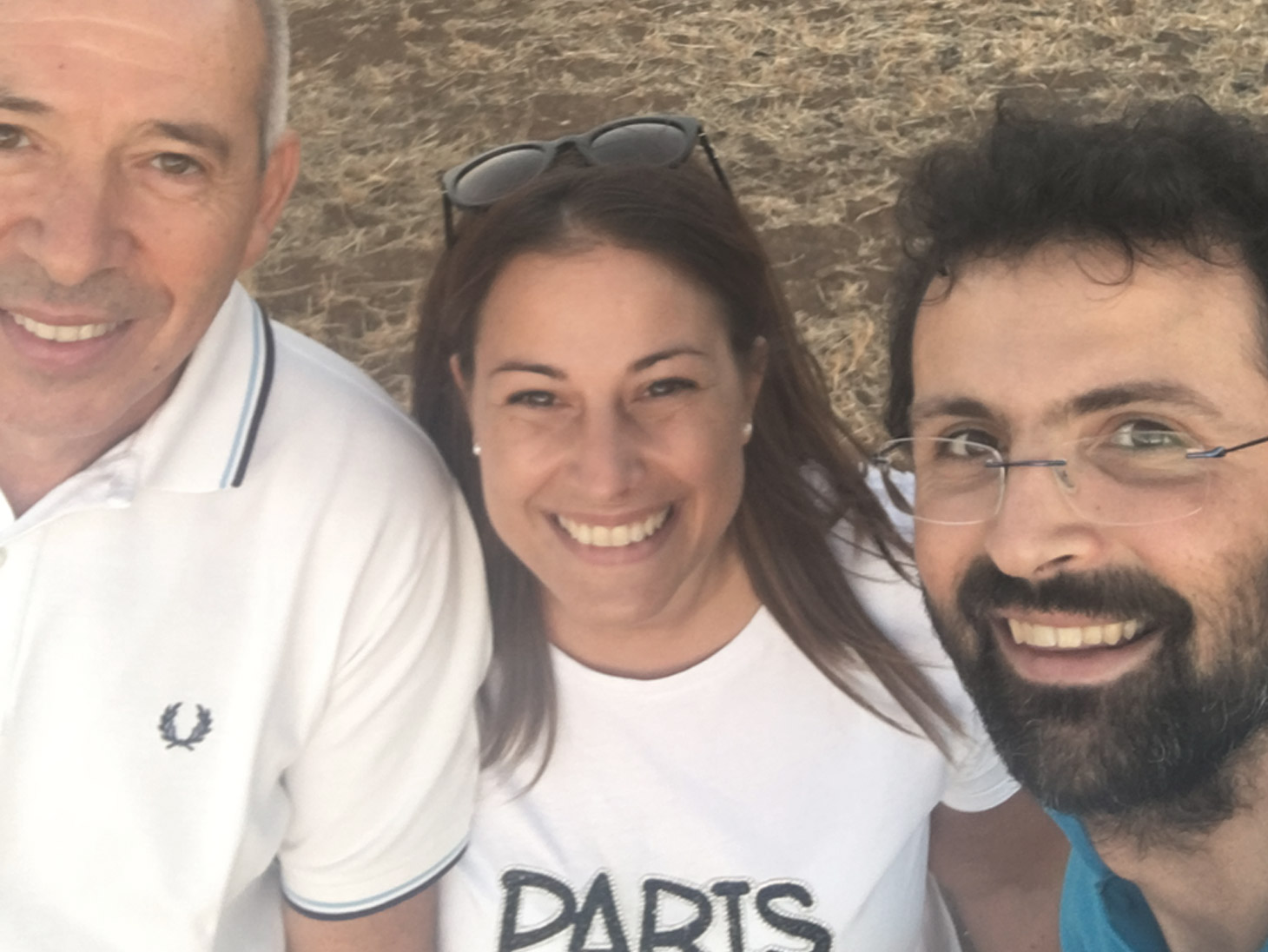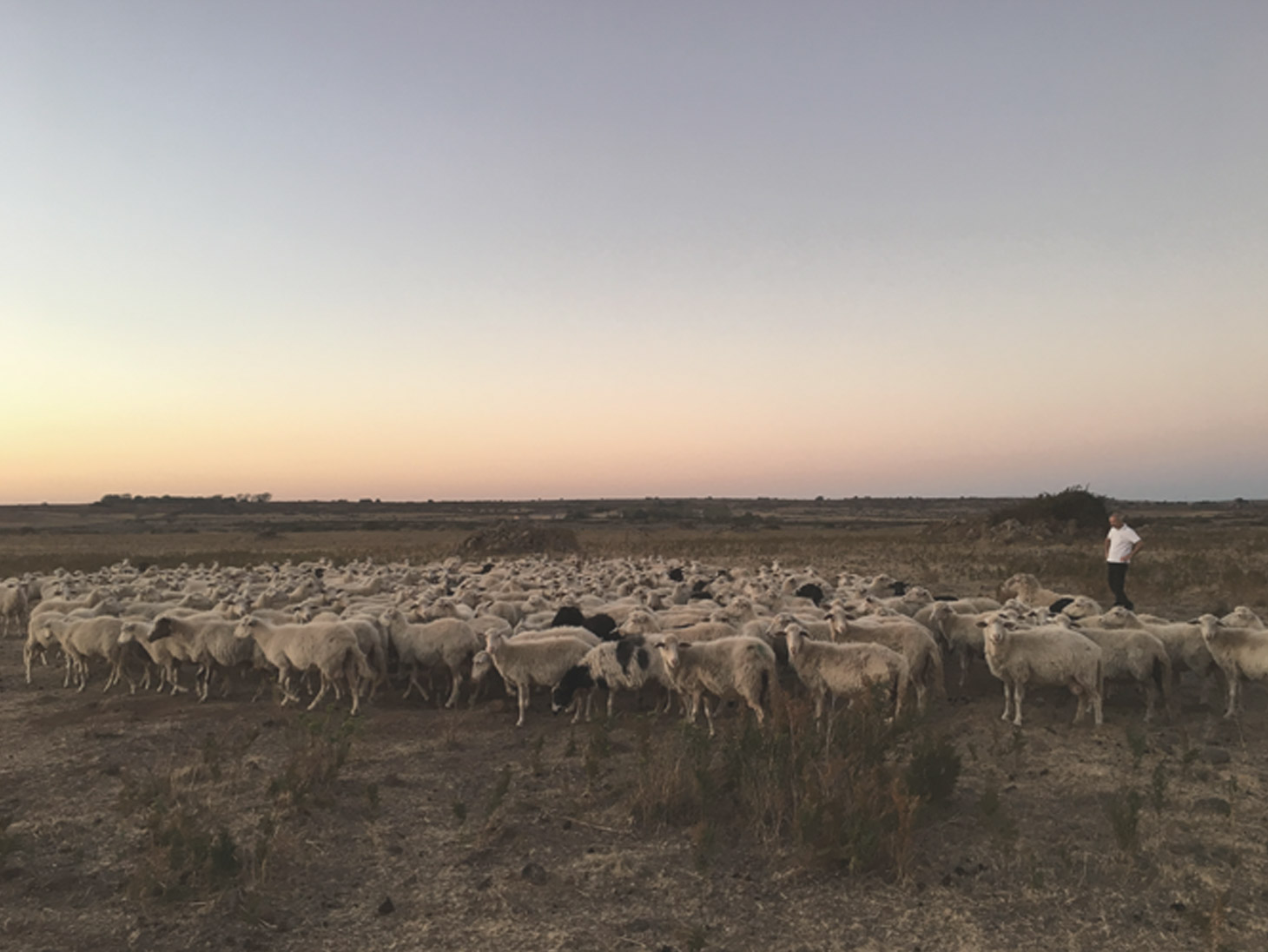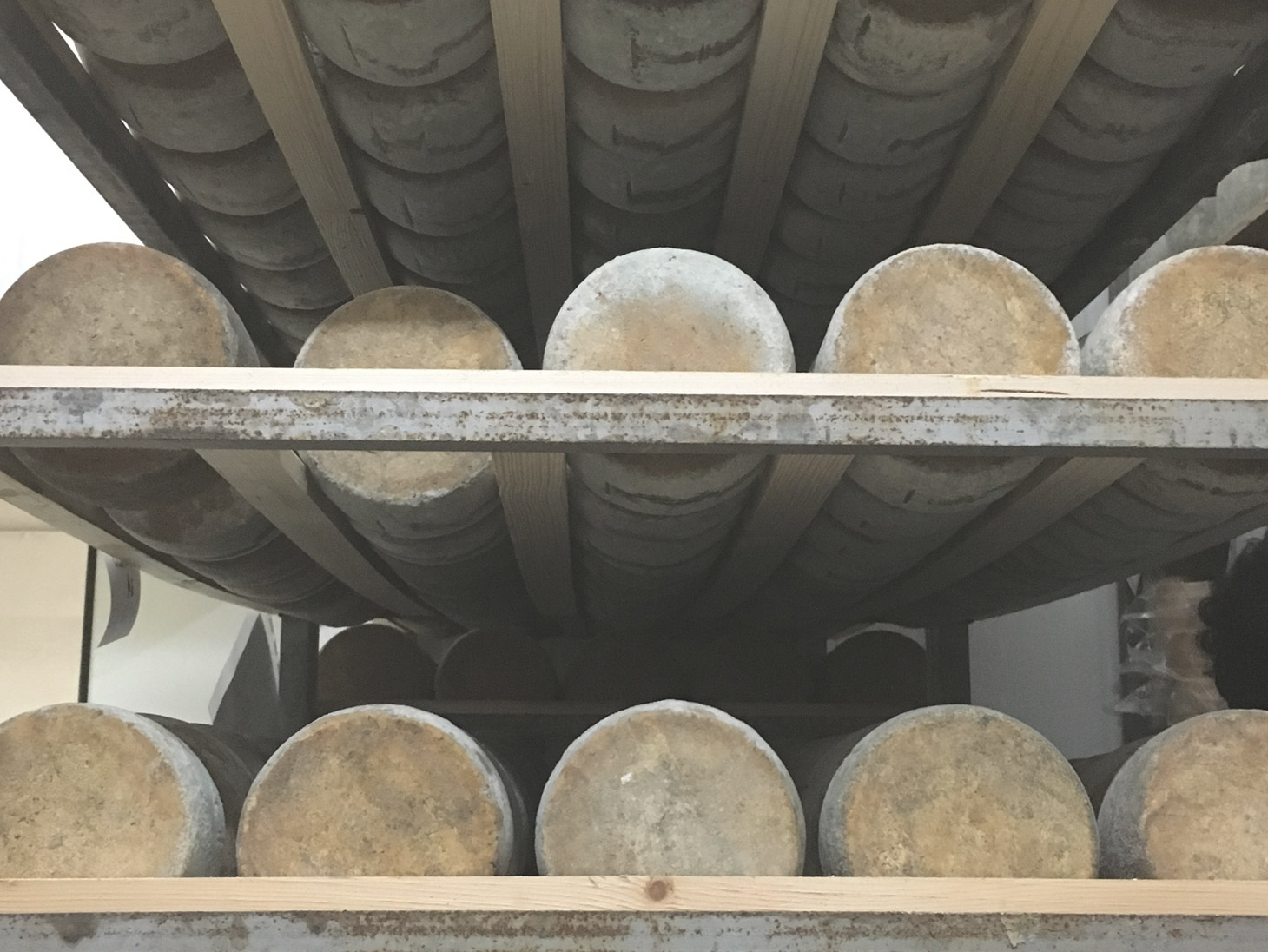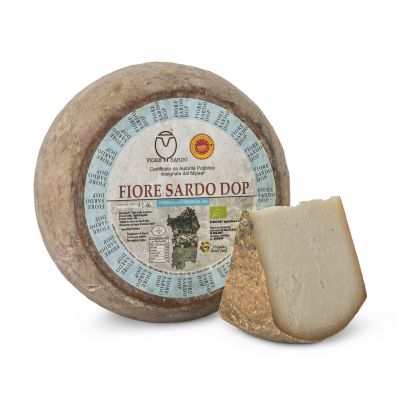The young variety produced from rich winter milk is reaching its optimal maturation of around 5 months: now is the best time to eat Fiore Sardo DOP!
⏱ 3 MINUTES READING
If there’s one thing this long, difficult time has taught me, it’s to hold on to my dreams and never lose hope. I’ve never had such a strong desire to travel, to get on a plane and travel to places I’ve never been before, or places I’ve visited that take me back to happy times during my stay. One of these places is Sardinia.
NOW IS THE TIME
And this is the best time to try Fiore Sardo, a sheep’s milk cheese with very close links to the region it comes from. The connection is felt strongly by Gianfranco Bussu, who has been part of the “whole affair” since his father introduced him to it as a child.
Around now, the cheeses produced in December and January using the creamiest milk are reaching maturity after 4 or 5 months, the ideal length of time to enjoy the product at its best. The cheese is sweet despite its delicious saltiness, with notes of milk, butter and honey enriched with hints of smokiness that perfectly complement the complexity of this magnificent cheese.
There is actually another ideal time of year to buy Fiore Sardo, which is in the months of September and October, when the variety that has been matured for 10 months is available: the fat content keeps the paste soft, meaning that the cheese stays at its best for many months without ever becoming too dry.
PRODUCTION
Gianfranco’s Fiore Sardo is produced using only raw milk from his Sarda sheep, lamb rennet paste and salt. Enriching the milk with whey starter (whey from the previous production that’s rich in lactic acid) is necessary only from the month of May when the milk is less rich.
The milk is coagulated at a low temperature, and this means that the microorganisms involved in this phase work slowly and need longer to mature. As soon as they are removed from the brine, the cheeses are transferred to the smokehouse where the temperature is warmer, causing different microorganisms to “wake up”.
For Gianfranco, these microorganisms are an essential part of the process, and make this cheese unique. The cheese is smoked according to the season. In the cold, damp winter months, smoking lasts 15-20 days, while in spring and summer, when the cheese tends to be dryer due to the lower fat content of the milk, the smoking time is reduced to 10 days so as not to dry the product out too much. THE MILK CYCLE
THE MILK CYCLE
Everything depends on the milk: breeding time is in early May, lambing occurs between October and November, and from the beginning of December the ewes begin to have greater quantities of milk available. In the first phase, a proportion of the milk is used to feed the lambs that are still with their mothers (one month for males and 40-45 days for females).
The milk is at its best between December and May, when the sheep graze in Macomer, a sheep farming town 650m above sea level, where they can eat the fresh grass that grows there in abundance.
After this, it’s back to breeding again and there is a natural decline in the production of milk, coinciding with a rise in temperature and less grass being available, through to July when the ewes dry up.
Gianfranco’s 1400 sheep are lucky, because they have access to 150 hectares of pasture, with over 100 types of herbs and grasses!
To be more precise, this period of “good milk” can be further broken down according to the season:
· winter milk (December-February): the grass is very lush and the sheep are in good shape; we’re at the beginning of the lactation period, so the milk is creamy and the cheese has a softer, sweeter paste which retains more moisture and lends itself to ageing, which takes longer due to the lower temperatures;
· spring milk (March-May): the meadows are covered in flowers but the milk is less creamy, meaning that the cheese tends to dry out faster and does not survive extended ageing; however, sheep’s cheese made with milk from this season becomes more complex and the herbal notes are more pronounced;
· summer milk (June-July): we are now at the end of the lactation period. The cheese obtained from this milk has a relatively dry paste and cannot be used for the aged variety of the cheese.
In times gone by, shepherds could tell the difference between cheeses just by looking at them, and this shows the importance of seasonality in making Fiore Sardo. It’s an aspect that’s particularly important to Gianfranco, who emphasises that if his cheese was produced by pasteurising the milk and adding selected enzymes, this feature would be lost. DAL from FROM THE PAST...
DAL from FROM THE PAST...
Did you know that Fiore Sardo was once sold exclusively on mainland Italy because it wasn’t valued in Sardinia?
Initially, it was produced by shepherds during the summer grazing time at 1000m above sea level in the areas around Ollolai, the capital of Barbagia, the mountainous region in central Sardinia. They would come down to lower pastures from November to April, returning to the mountain pastures in the warmer months.
Sheep’s cheese was produced in “pinnettas” or “pinnettu”: small mountain huts with circular stone bases and rooves made of branches. A fire was lit to heat the milk, and its heat caused a thin rind to form, while the smoke that filled the shelter protected the cheese from insects and excessive mould.
During the winter months, when the cheeses were dry enough to be transported (after 2 or 3 months), they were taken to the mountains, to the cellars of the shepherds’ homes, where the womenfolk took care of them during maturation until November, when it was once again time to head down to sea level.
At this time, buyers would travel to the mountain pastures and buy the whole production. The sheep’s cheese was well-matured, salted and smoked, ideal for sale beyond the island but way too strong for consumption by Sardinians!
...TO TODAY
Gianfranco speaks emotionally about how sheepshearing was once a ritual and a celebration. Beginning in June, it would last a month and a half, with everyone helping: a wonderful opportunity to be together.
Today, things are different. Gianfranco shears the sheep alone, while other farmers call in teams of shearers from Australia and New Zealand. Managing the wool is becoming more and more of a problem: until twenty years ago it was a source of income, but today it brings in only 10 cents a kilo - and it’s difficult to even get someone to take it away.
While talking to Gianfranco I could see how much he loves his work - and perhaps the word doesn’t do justice to what it means to him: it’s his entire existence, his history and that of his family, his land and the tradition of a people. I have a much deeper understanding now of just how much is contained in a pack of his cheese: nostalgia, belonging, courage and hope. Enjoy tasting it!
Giorgia Barbaresco
Quality Director




